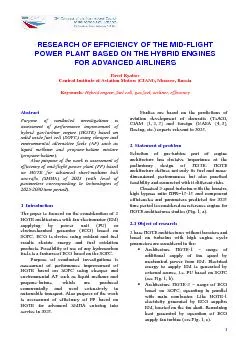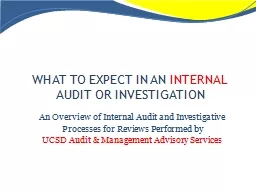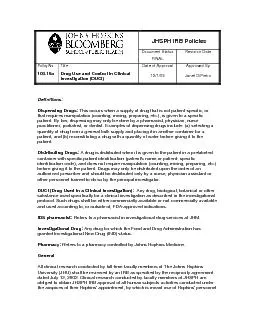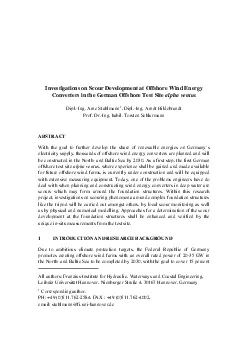PDF-Purpose of conducted investigations is assessment of performance impro
Author : ellena-manuel | Published Date : 2015-09-05
Pavel Ryabov 22 PU type selection PU type selection of HGTE1 for a power supply of EM is conducted by several reasons Unlike SOFC use of Polymer Electrolyte Membrane
Presentation Embed Code
Download Presentation
Download Presentation The PPT/PDF document "Purpose of conducted investigations is a..." is the property of its rightful owner. Permission is granted to download and print the materials on this website for personal, non-commercial use only, and to display it on your personal computer provided you do not modify the materials and that you retain all copyright notices contained in the materials. By downloading content from our website, you accept the terms of this agreement.
Purpose of conducted investigations is assessment of performance impro: Transcript
Download Rules Of Document
"Purpose of conducted investigations is assessment of performance impro"The content belongs to its owner. You may download and print it for personal use, without modification, and keep all copyright notices. By downloading, you agree to these terms.
Related Documents














